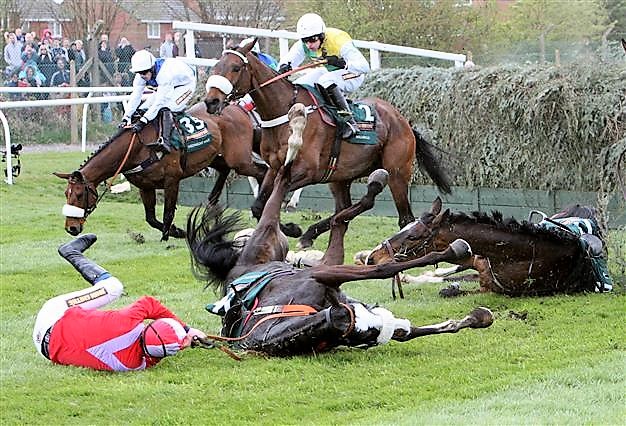-
Grand National – Carnage or Spectacle?

The excitement of the 2019 Grand National is over and it is time for the usual post mortem. One horse killed and another taken away by ambulance appears according to the media and racing authorities to have been a pretty good result. Two other horses, Forest des Aigles and Crucial Role, were also euthanised the…